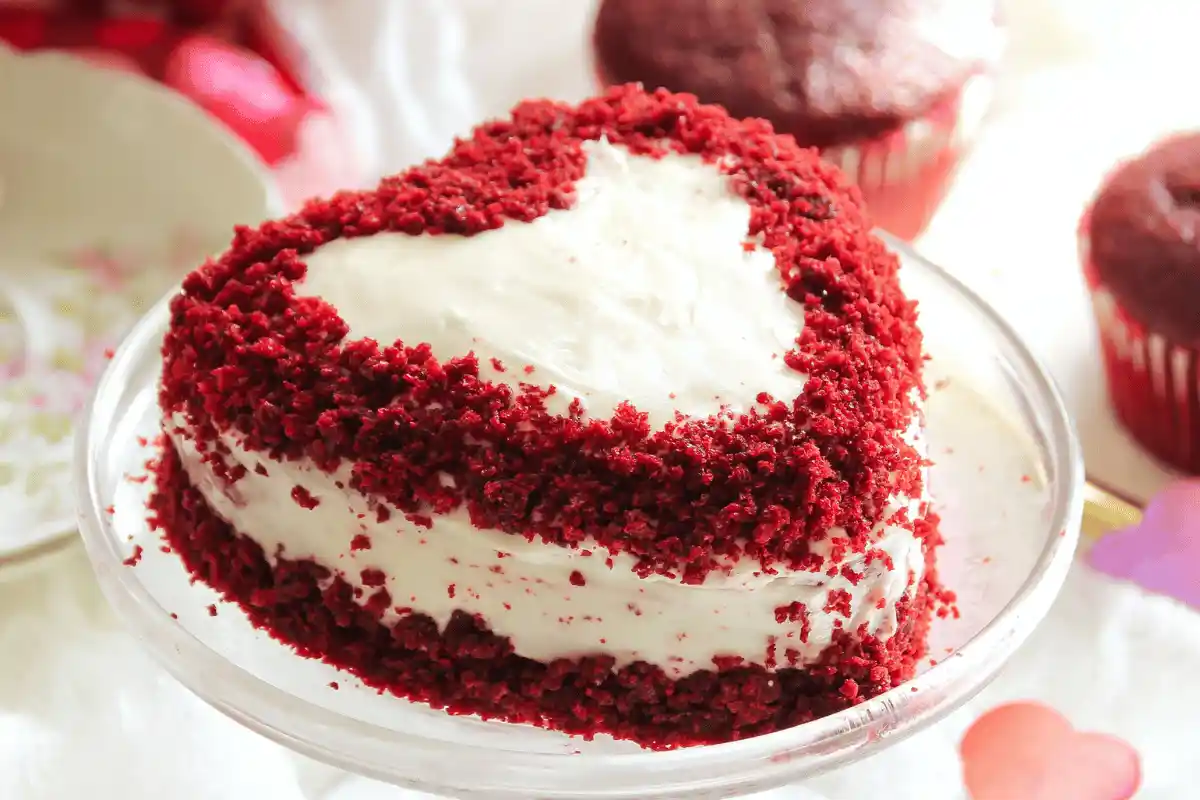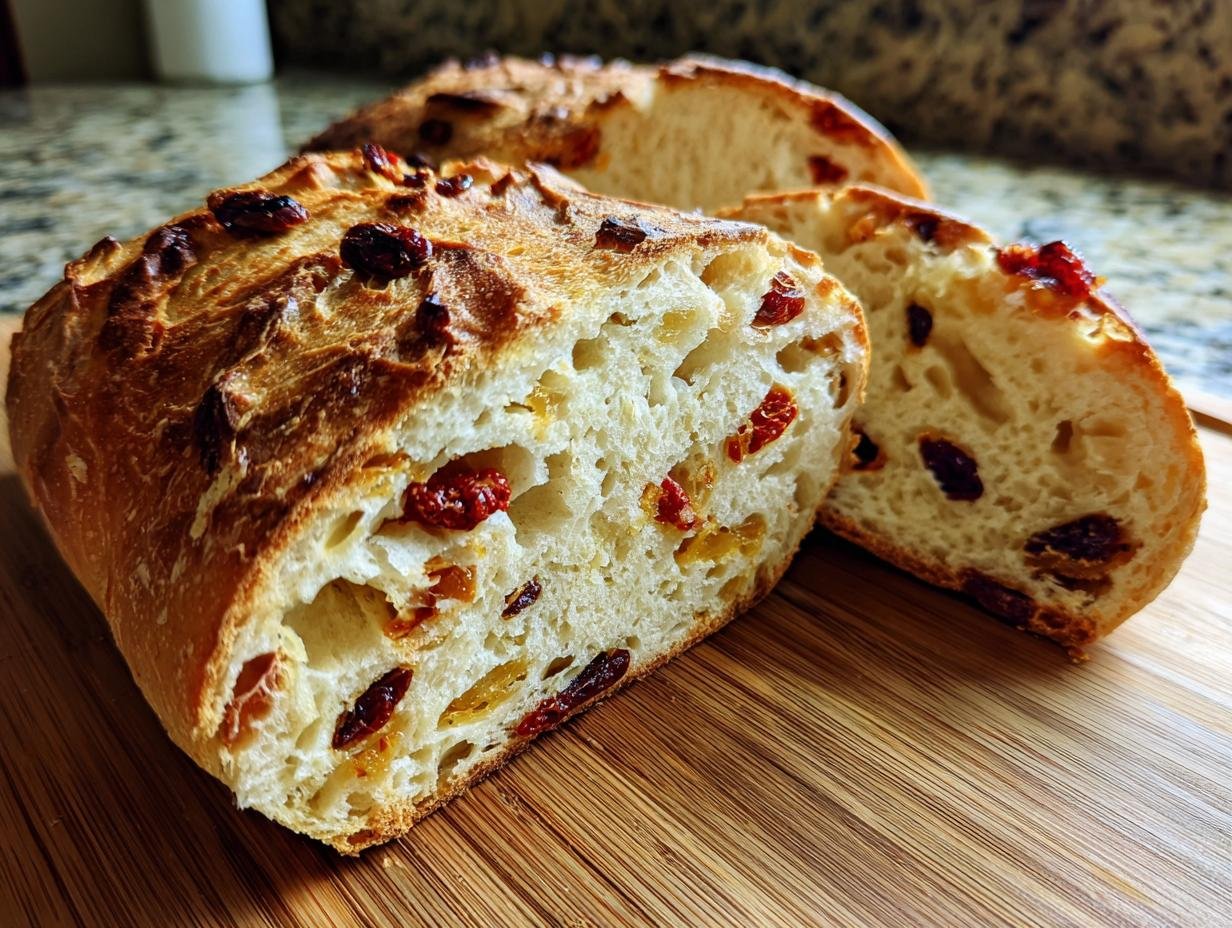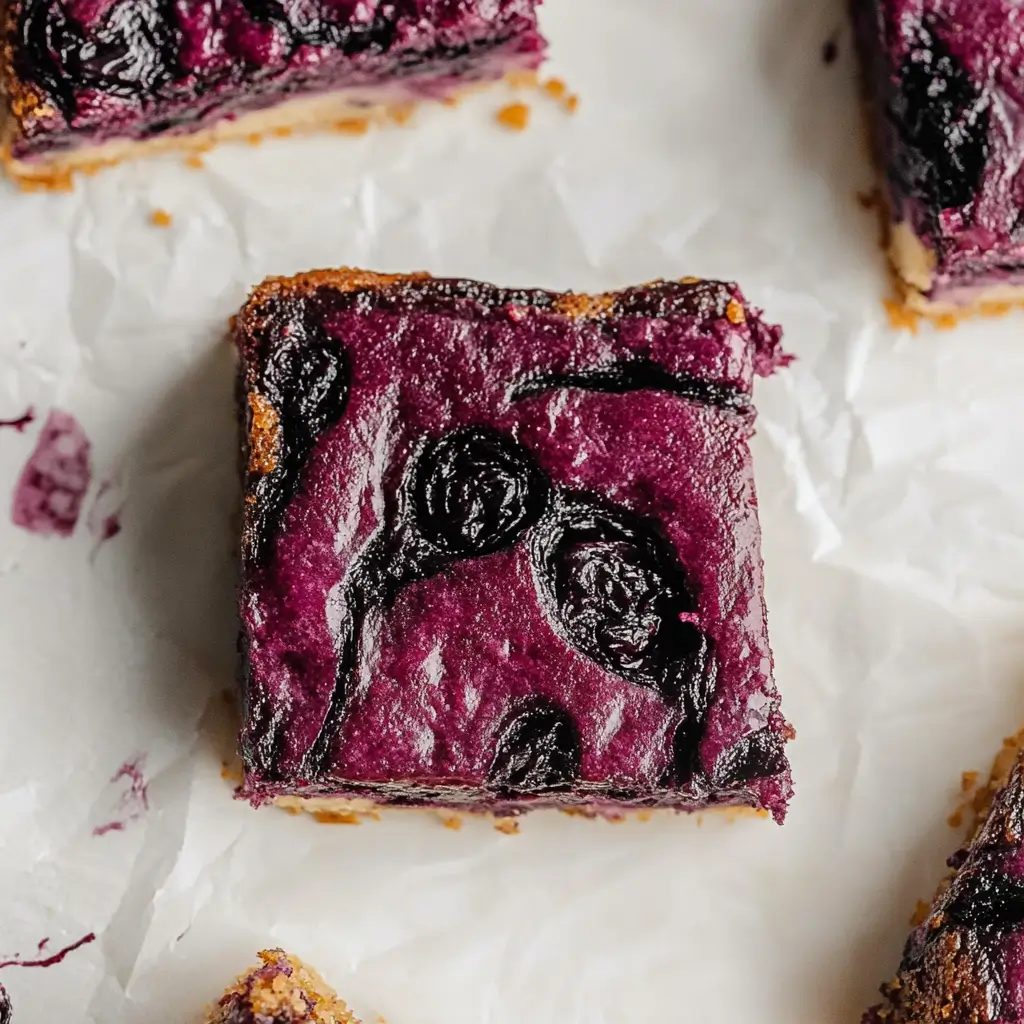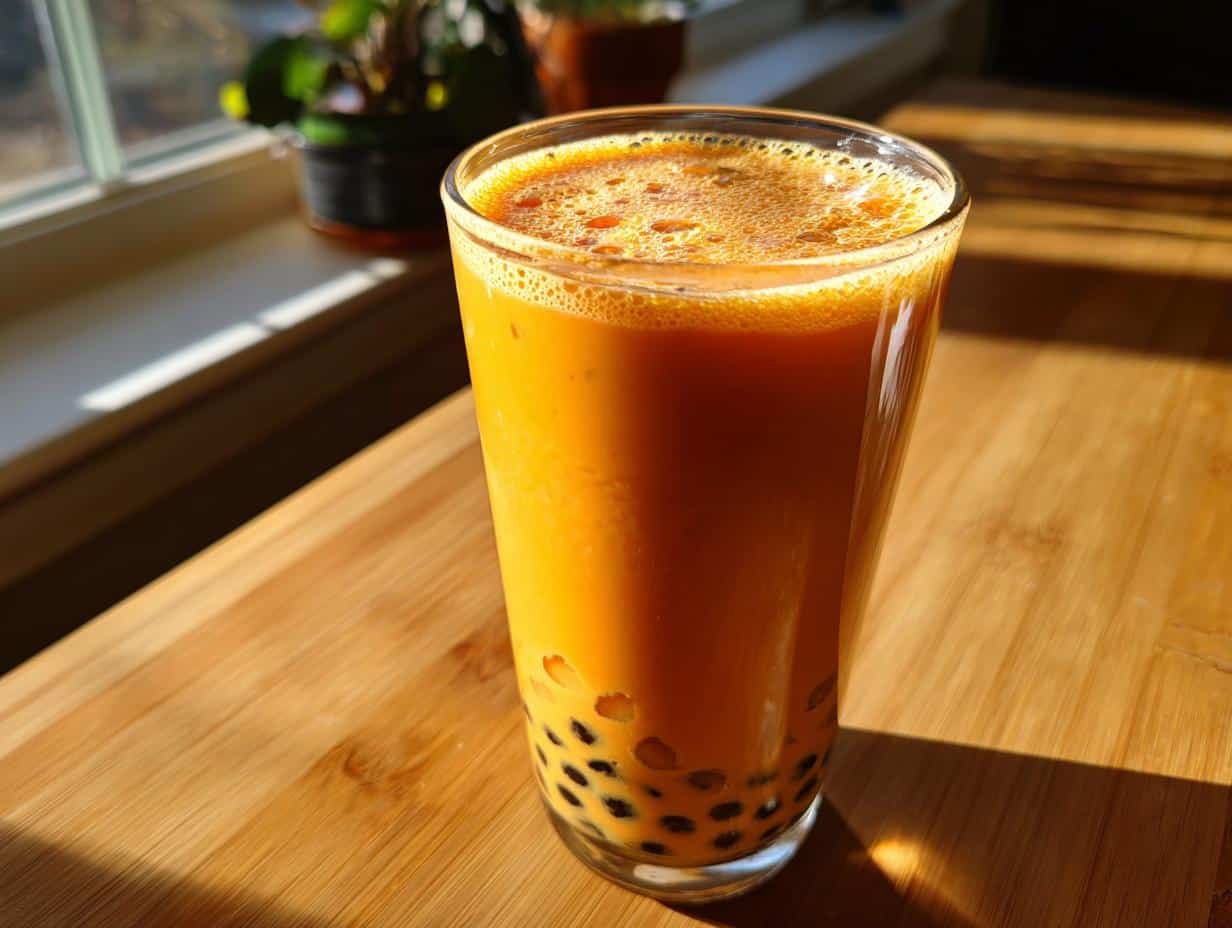In the world of desserts, brownies hold a special place in our hearts and on our plates. But not all brownies are created equal. Some of us drool over the thought of a gooey, fudgy square that sticks to our teeth, while others prefer a slice that crumbles like a cake at the slightest touch. Ever wondered why? Well, buckle up, because we’re diving deep into the science and art behind what makes a brownie cakey or gooey. From the role of fats and flours to the mysteries of baking times, this article will unravel the secrets to achieving your perfect brownie texture. So, whether you’re a fan of the fudgy, the cakey, or somewhere in between, get ready for a deliciously enlightening journey.
Part 1: Introduction to Brownie Textures
Understanding Brownie Textures
When it comes to brownies, texture is king. But what exactly makes a brownie cakey, gooey, or fudgy? It’s all about the balance of ingredients and the magic of baking science. A cakey brownie, as the name suggests, resembles the texture of a cake – fluffy, a bit dry, and crumbles easily. On the other hand, a gooey brownie is moist, dense, and, well, gooey, offering a rich chocolate experience that melts in your mouth.
The Spectrum of Brownie Textures
Brownies exist on a spectrum, from very cakey to super gooey, with chewy being a delightful middle ground. This variety means there’s no one-size-fits-all recipe. Instead, it’s about tweaking the ingredients and baking process to suit your taste buds. Whether you’re team cakey or team gooey, understanding the factors that influence texture is crucial to baking your dream brownie.
Personal Preferences and the Perfect Brownie
At the end of the day, the perfect brownie is the one that makes your heart sing. Some folks swear by the cakey version, loving its light and airy feel. Others wouldn’t dream of settling for anything less than a gooey masterpiece that sticks to the fork. And then there are those who prefer a chewy brownie, striking a balance between the two extremes. No matter your preference, the journey to perfecting your brownie game starts with a dash of knowledge and a pinch of experimentation.
So, let’s roll up our sleeves and get ready to explore the deliciously complex world of brownies. By the end of this article, you’ll be armed with the know-how to bake brownies that hit the sweet spot, every single time.
Part 2: The Science Behind Brownie Textures
Ingredients and Their Roles
Diving into the heart of brownie science, it’s clear that the texture is largely determined by the interplay of key ingredients. Let’s break down how each component contributes to making a brownie cakey or gooey.
Fats: Butter & Chocolate
Fats, particularly butter and chocolate, are the cornerstone of gooeyness. They add richness and moisture, creating that melt-in-your-mouth feel we all love. However, it’s a delicate balance. Too much fat, and your brownie might just collapse under the weight of its own gooeyness.
- The Impact of Fats on Gooeyness: Increasing the amount of butter and chocolate makes for a more gooey brownie. But remember, moderation is key to avoid a brownie puddle.
- Oil vs. Butter in Brownies: Swapping butter for oil can make brownies a tad softer, as oil remains liquid at room temperature, contributing to a softer texture. Yet, butter wins on flavor, adding a richness that oil can’t match.
Cocoa Powder and Cakeyness
Cocoa powder leans towards creating a cakey texture. It’s less fatty than chocolate and absorbs moisture, which helps firm up the brownie, steering it away from gooey territory.
For those looking to explore beyond traditional chocolate brownies, our Red Velvet Brownies offer a unique twist on texture and flavor.
Flour’s Role in Texture
Flour is the backbone of a cakey brownie, providing structure. Too much flour, and you’re veering into chocolate cake territory. The right amount gives you that sought-after cakey texture without sacrificing the brownie essence.
- Using Starch as a Substitute: Swapping in corn or potato starch for flour can still yield a cakey texture, with slight differences in mouthfeel but not straying far from the desired outcome.
The Sweet Role of Sugar
Sugar does more than sweeten the deal; it also contributes to texture. It helps create a crispy top layer while retaining moisture inside, adding to the gooeyness. Yet, its role is nuanced, as it also affects the brownie’s overall sweetness and texture balance.
Eggs: The Gooey Enablers
Eggs are crucial for adding moisture and binding the ingredients. They help prevent the fats from separating, ensuring a cohesive and gooey texture.
- Egg Proteins and Stability: Beyond moisture, egg proteins help the brownie set properly, providing structure that’s especially important in flourless or cakey recipes.
Baking Powder and Its Limited Role
In the realm of gooey brownies, baking powder is almost a guest who wasn’t sure if they should show up. It helps the brownie rise but isn’t necessary for those dense, gooey treats. For cakey brownies, a pinch can help achieve that lighter texture, but it’s not the star of the show.
Process and Its Impact
Beyond ingredients, the baking process itself plays a pivotal role in determining texture.
- Baking Time and Temperature: A longer bake leads to a cakey texture, as it allows more moisture to evaporate and the structure to firm up. Finding the sweet spot in baking time is crucial for achieving your desired consistency.
- Pan Sizes and Their Effects: The size of the baking pan influences the brownie’s thickness and, consequently, its texture. Thinner brownies bake quicker, potentially leading to a cakey outcome.
- The Influence of Storage Conditions: Storing brownies in the fridge can make them seem cakey due to the fats solidifying. However, a quick zap in the microwave can bring back some of that gooey goodness.
Understanding the science behind brownie textures empowers you to tweak and experiment, bringing you closer to your ideal brownie. Whether you’re after a gooey treat that sticks to your fork or a cakey delight that crumbles at the touch, mastering the balance of ingredients and baking techniques is key. So, don your apron, preheat your oven, and let the magic begin.
Part 3: Crafting Your Perfect Brownie

Tweaking Ingredients for Desired Consistency
Now that we’ve delved into the science behind brownie textures, it’s time to put that knowledge to the test. Crafting your perfect brownie is all about understanding how to adjust the balance of ingredients to achieve the desired consistency. Whether you’re aiming for a gooey, cakey, or somewhere-in-between brownie, here’s how to tweak your recipe to perfection.
Balancing Ingredients for Gooey vs. Cakey
- To lean towards gooeyness, amp up the fats (butter and chocolate) and consider reducing the flour slightly. Remember, eggs are your friends here, helping to bind everything together and add moisture.
- For a cakey texture, you’ll want to increase the flour slightly and consider using cocoa powder, which contributes to a drier, firmer texture. Be mindful of the amount of fat; too much can steer you away from that cakey dream.
Recipe Variations for Every Texture
Let’s explore three basic recipes as starting points for your brownie adventures. Each can be adjusted further to fine-tune the texture to your liking.
“If you’re feeling adventurous and want to try a layered dessert that combines cookies, oreos, and brownies, check out our Slutty Brownie Recipe: Ultimate Guide to Layered Dessert Bliss.”
- In-Between Brownies: Start with a balanced approach—moderate amounts of butter and chocolate, a standard measure of flour, and a couple of eggs. This is your baseline, offering a bit of both worlds.
- Gooey Brownies: Here, you’ll want more butter and chocolate and less flour. The eggs remain crucial for binding and moisture. The result? A rich, moist brownie that gooey dreams are made of.
- Cakey Brownies: Increase the flour and consider adding more cocoa powder for that dry, crumbly texture. Reduce the fats slightly, and you’re on your way to a cakey brownie that holds its shape and satisfies with each bite.
Optional Additions for All Recipes
To add a bit of flair to your brownies, regardless of the texture, consider these optional additions:
- A teaspoon of vanilla extract can enhance the chocolate flavor.
- A pinch of salt helps balance the sweetness and bring out the chocolate’s depth.
- Nuts, like walnuts or almonds, add texture and a nutty flavor, complementing the chocolate beautifully.
Crafting Your Perfect Brownie: A Step-by-Step Guide
- Preparation: Begin by melting your chocolate and butter together. This can be done in a microwave or using a double boiler method. Allow the mixture to cool slightly before proceeding.
- Mixing: In a separate bowl, whisk your eggs until light and foamy. This introduces air into the batter, contributing to a lighter texture.
- Combining Ingredients: Gently fold the sugar, flour, and any optional ingredients into the chocolate mixture. Then, incorporate the eggs, adding them in two stages to ensure a smooth batter.
- Baking: Pour the batter into a prepared pan, smoothing the top. If using nuts, sprinkle them on top now. Bake according to your texture preference, keeping an eye on the brownies as they approach the desired doneness.
Remember, the perfect brownie is subjective. It’s about what makes your taste buds dance and your heart sing. So, don’t be afraid to experiment with ingredient ratios and baking times. With a bit of practice and a lot of tasting, you’ll find your brownie bliss.
Part 4: FAQs on Brownie Textures
Diving into the world of brownies, several questions often bubble up, especially when aiming for that perfect texture. Let’s tackle some of the most common queries to help you bake with confidence and creativity.
Can I Make Brownies Without Eggs?
Absolutely! For those who are vegan or allergic to eggs, there are several substitutes that can help achieve a desirable brownie texture. Applesauce, mashed bananas, and flaxseeds mixed with water can act as binding agents, though they may slightly alter the flavor profile. These substitutes can help maintain moisture, crucial for a gooey texture, while also providing some structure, akin to what eggs would offer.
Exploring different types of brownies, including those that may not require eggs, can be found in our comprehensive Types of Brownies Guide.”
How Do I Prevent My Brownies From Being Too Cakey?
If you’re aiming for a gooey masterpiece but keep ending up with a cakey crumb, consider reducing the flour and upping the fat content. Remember, fats like butter and chocolate are your allies in achieving that rich, moist texture. Also, be mindful of your baking time; overbaking can quickly turn gooey brownies cakey. Keep an eye on them and perform the toothpick test a bit earlier than you might think necessary.
What’s the Best Way to Store Brownies?
To keep brownies moist and delicious, store them in an airtight container at room temperature. They should last for several days, assuming they’re not gobbled up first! If you’ve baked a batch that’s more on the gooey side, popping them in the fridge can firm them up, making them easier to cut. However, remember that chilling can also make them seem more cakey. A quick zap in the microwave can bring back some of that gooey goodness before serving.
Can I Use Oil Instead of Butter for Brownies?
Yes, you can use oil as a substitute for butter in brownie recipes. Oil tends to make the brownies a bit softer and can help maintain a moist texture. However, butter adds a richness and depth of flavor that oil can’t match. If you’re after that classic brownie taste and texture, stick with butter. But if you’re experimenting or catering to dietary preferences, oil is a perfectly viable option.
Armed with these FAQs and the insights from previous sections, you’re well on your way to becoming a brownie-baking expert. Remember, the journey to the perfect brownie is as much about the process as it is about the end result. So, embrace the trials, enjoy the errors, and, most importantly, savor every bite of your brownie creations.
Part 5: Conclusion and Final Tips
As we wrap up our journey through the deliciously complex world of brownies, it’s clear that the path to the perfect brownie is both an art and a science. From understanding the role of each ingredient to mastering the baking process, every step offers an opportunity to tweak and refine, bringing you closer to your ideal texture, whether it’s gooey, cakey, or somewhere in between.
Perfecting Your Brownie Game
Remember, the key to brownie perfection lies in experimentation. Don’t be afraid to adjust ingredient ratios, try different substitutes, or tweak baking times. Each batch is a learning opportunity, bringing you one step closer to mastering the art of brownie baking.
- Listen to Your Taste Buds: Ultimately, the perfect brownie is the one that satisfies your chocolate cravings. Pay attention to what you enjoy about each batch and adjust your recipe accordingly.
- Embrace Variations: Whether you prefer classic chocolate brownies, nutty variations, or innovative flavors like salted caramel or mint, the basic principles of brownie texture remain the same. Use this knowledge to explore and expand your brownie repertoire.
- Share the Love: Brownies are made for sharing. Not only does this spread the joy of delicious baked goods, but it also offers you more feedback on your baking adventures.
Final Thoughts
Baking brownies is more than just following a recipe; it’s about creating moments of joy, one gooey or cakey square at a time. Whether you’re baking for a special occasion or just because, the effort and love you put into each batch shine through in every bite.
So, preheat your oven, gather your ingredients, and get ready to bake. With the knowledge and tips you’ve gained, you’re well-equipped to create brownies that will impress, delight, and satisfy. Happy baking, and may your brownies be just as you like them—every single time.
LSI and NLP Keywords
- Brownie texture, gooey brownies, cakey brownies, fudgy vs. cakey, brownie ingredients, baking science, cocoa powder, flour in brownies, sugar’s role, egg substitutes, baking powder, fat content, chocolate types, oil vs. butter, storage tips, brownie recipes, adjusting brownie texture, moisture in brownies, crispy brownie top, brownie consistency.
External Links and Recommended Anchor Text
- The Science of Baking – “exploring the role of starch in baking”
- Innovating Baking Techniques – “for custom baking solutions”
- Vegan Baking Substitutes – “alternative ingredients for vegan brownies”



